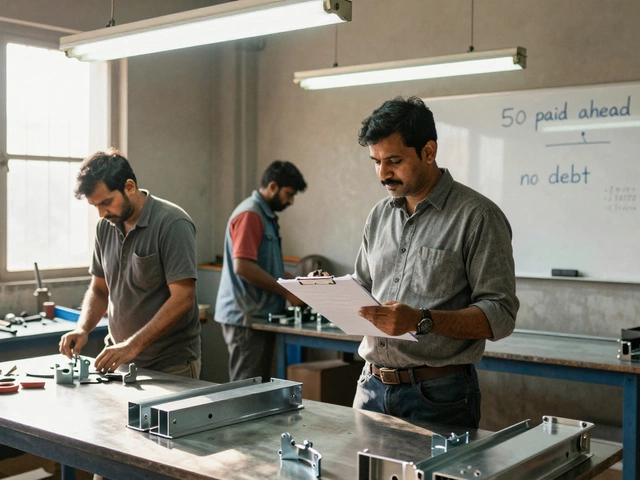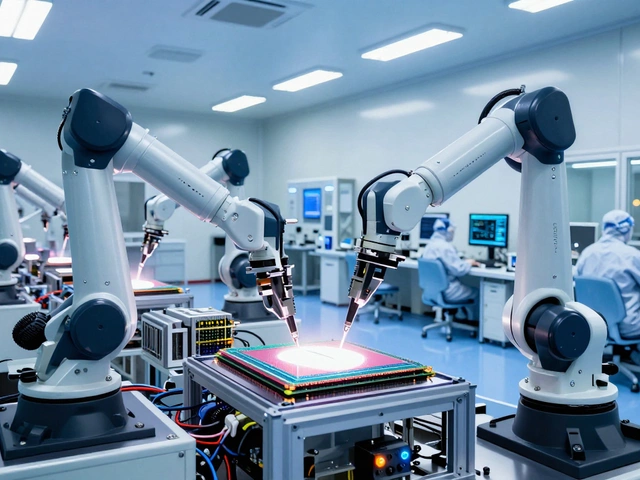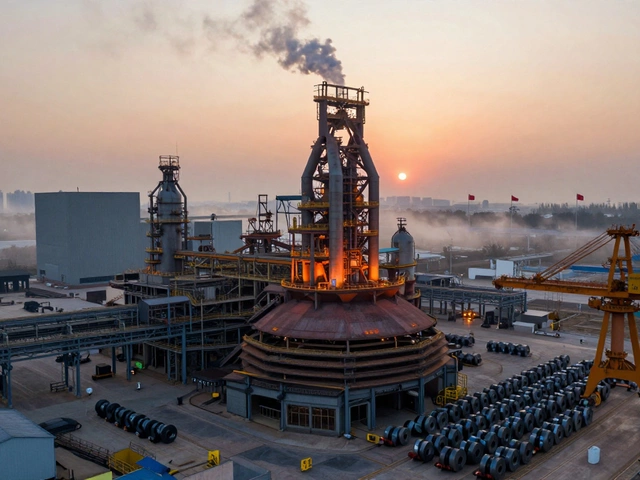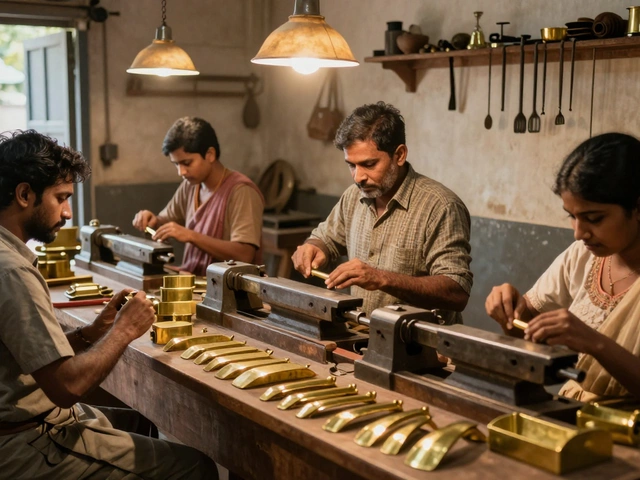Startups in Manufacturing: Your Practical Launch Guide
Thinking about turning a product idea into a real factory? You’re not alone—many entrepreneurs are eyeing the manufacturing space because it promises steady cash flow and tangible results. The good news is that you don’t need a massive empire to start; a small‑scale setup can get you rolling fast if you follow the right steps.
Pick the Right Product and Market Niche
First thing’s first: know what you’ll make and who will buy it. Look at trends like eco‑friendly packaging, home‑office furniture, or low‑cost medical supplies—these sectors saw a demand spike in 2025. Use Google Trends, industry reports, or even local supplier chats to gauge demand. The sweet spot is a product that solves a clear problem, has modest raw‑material costs, and isn’t saturated with big players.
Once you have a shortlist, validate it with a quick prototype. You can 3D‑print a model, source a small batch from a local workshop, or even use a kitchen‑scale setup if you’re making simple items. Test the prototype with real users—friends, family, or a small focus group—and collect honest feedback. Adjust the design before you spend on tooling.
Map Out Your Costs and Funding Options
Budgeting is the hardest part for most first‑time manufacturers. Break costs into three buckets: capital expenses (machines, lease, permits), operating expenses (raw material, labor, utilities), and marketing/sales. A typical small‑scale unit in India might need ₹5‑10 lakh for basic equipment, plus ₹2‑3 lakh for initial raw material. Don’t forget hidden costs like power backup, waste disposal, and compliance fees.
If your own savings fall short, consider these options: bank SME loans, government schemes like “Make in India” subsidies, or angel investors who specialize in industrial startups. Many investors look for a clear break‑even timeline—aim for 12‑18 months to keep them interested.
Keep a cash‑flow spreadsheet and update it weekly. Watching the numbers helps you spot trouble early and avoid nasty surprises like unpaid supplier invoices.
Set Up Production Efficiently
Location matters. Choose a site close to your raw‑material sources and target market to cut transport costs. If you’re making furniture, a tier‑2 industrial park with easy road access can be cheaper than a city warehouse.
Start with the 5 M’s of manufacturing—Man, Machine, Material, Method, Measurement. Hire one or two skilled workers (Man) who know the basics of the equipment (Machine). Source reliable material suppliers (Material) and document a simple step‑by‑step process (Method). Finally, track key metrics like cycle time and defect rate (Measurement) to improve gradually.
Automation can be added later, but don’t over‑engineer at the start. A manual assembly line with clear work stations often beats a half‑built robotic line in terms of cost and flexibility.
Sell, Market, and Scale
Even the best product fails without sales. Start with direct channels—your own website, local trade fairs, or B2B platforms like IndiaMART. Offer early‑bird discounts to get the first batch out and collect testimonials.
Use social media to showcase behind‑the‑scenes videos; people love seeing how a product is made. Those videos also build trust and can drive organic traffic.
When demand rises, consider a small scale‑up: add a second shift, lease extra floor space, or lease a more powerful machine. Keep the 70 % rule in mind—don’t let any single client represent more than 70 % of your revenue, so you stay protected if that buyer drops out.
Launching a manufacturing startup is a mix of solid planning, lean execution, and constant learning. Follow these steps, stay adaptable, and you’ll turn that idea into a thriving production line.
The Biggest Startup Mistake and How to Avoid It for Long-Term Success
Discover the biggest mistake startups make and how to dodge it. Real insights, facts, and action tips for entrepreneurs aiming for real success.
Read MoreWhere's the Best Bargain for Manufacturing Your Products?
Finding the cheapest place to manufacture products is crucial for startups looking to cut costs while maintaining quality. This article explores various countries known for their cost-effective manufacturing environments, including China, India, and Vietnam. Learn about the strengths and challenges each region presents, industry-specific advantages, and creative strategies for optimizing your production process.
Read More





